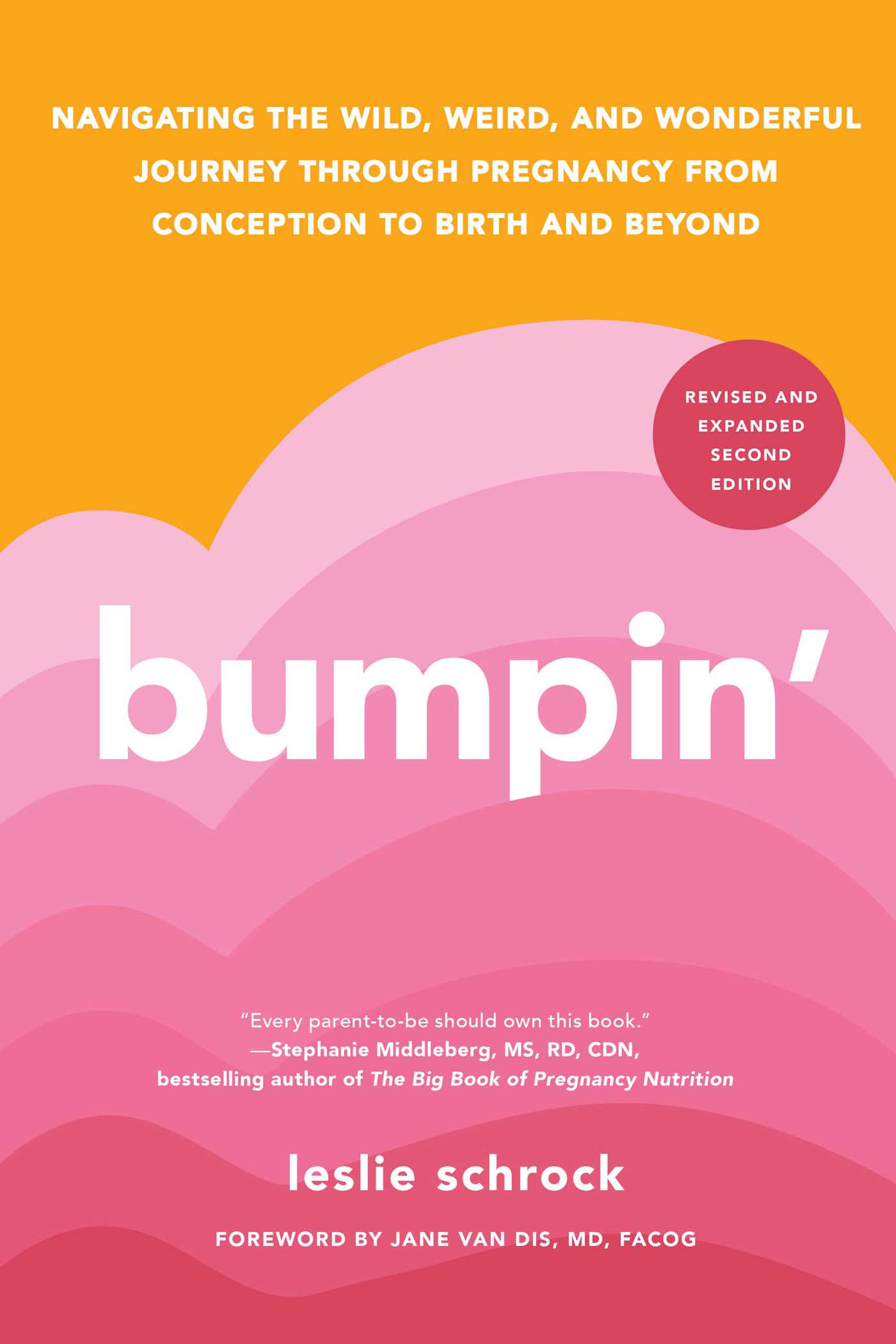Posterity gets a $13M Series A for male fertility
Why I invested + Bumpin' goes into its second edition
If you missed my “opus” on women’s longevity, you can read it here. I’ll share more about my exploration there soon, but I’ll tell you one thing for free: the menopause brand doesn’t resonate with millennials. Longevity, on the other hand, absolutely does (especially to those of us who had kids later in life), and I’m tracking companies like Vitelle that lead with that mission.
Now, on to a few bits of news from me.
Posterity Health raises $13M Series A
My prediction that 2024 would be THE YEAR for male fertility was, as it often is for me, a year early. But in 2025, it’s poised to tip. As their Chief Medical Officer Neel Shah recently shared, Maven’s State of Family Health & Benefits report uncovered tremendous need for male reproductive health:
84% of men feel their reproductive health needs are unmet
83% don’t know where to turn for male-specific support
71% of employers agree on the importance of inclusive benefits for men’s health—but nearly half admit their current offerings provide average or poor support
While writing Fertility Rules, the book for which this Substack is named, the gaping holes in male reproductive health came up A LOT, especially its impact on women, which motivated me to give that book a dual focus on male and female fertility. It also introduced me to Posterity Health, the hybrid clinic for male reproductive health, which I’ve written about many times.
I have known Pam and team for years and deeply believe what they are doing is one of the most fundamental and simplest ways to radically improve infertility treatment. And also, by the way, reverse the massive decline in men’s overall health.
So now, as reported in Axios, I’m officially on their cap table along with my friends at Scrub Capital, SteelSky, the founder of fertility clinic network CCRM, and others who believe that fertility is not just a female issue.
If you’re new around here, Posterity manages everything from family building and fertility optimization to hormone management, vasectomies, and low-testosterone treatments. This $13M Series A positions them to work with benefits providers like Maven and scale their hormone management treatments, making male fertility care available to anyone who needs it no matter where they are.
Here are the many problems they’re solving:
Identify fertility issues earlier and reduce costs: Many couples struggling with infertility wait nearly two years to test the male partner, resulting in unnecessary procedures for women and financial waste.
Access to male fertility specialists: There are only 250 fellowship-trained reproductive urologists nationwide, which leads to long wait times and geographic barriers that prevent men from receiving timely, evidence-based care.
Stop overprescription & mismanagement of testosterone therapy: Without proper oversight, hormone treatments can negatively impact fertility, yet they are often prescribed without a complete understanding of their effect.s
Identify undiagnosed health risks: What if a semen analysis (finally) became part of the male physical? Male infertility is linked to testicular cancer, high blood pressure, obesity, and other serious conditions.
Tackling male factor infertility is key to lowering costs and expanding IVF access, and reducing unnecessary treatments for women. This all becomes even more interesting in 2025 with The White House announcement that the federal government is committing to this mission, too. It’ll be a year to watch in this space—and I’ll be here and on Second Opinion writing about it.
The second edition of Bumpin’ drops March 4
When I first wrote Bumpin’, I had no idea if anyone other than my mom would read it. After five years and thousands of conversations with pregnant women, partners, experts, researchers, and many others, its second edition lands on bookshelves on March 4.
So, what’s changed since the first version launched in 2019?
After fielding feedback and questions from readers, the biggest changes were in the postpartum section, which has much more information on feeding, recovery, and, most importantly, warning signs in the weeks after birth. Too many women are still dying of preventable causes (see my dear friend Deena Shakir’s near-death experience with preeclampsia), and a take-home leaflet during hospital discharge isn’t enough.
Want an early copy? If you’re one of the first five people who write to Leslie@secondopinion.media asking for one, I’ll snail mail you a signed copy from my personal stash.






